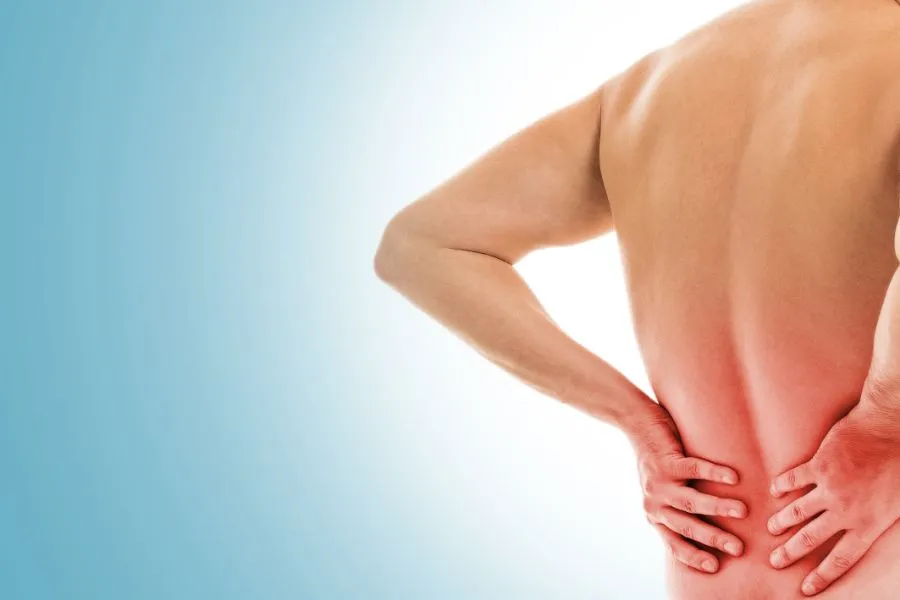Lumbar Spinal Stenosis: Understanding the Condition
Lumbar spinal stenosis involves the narrowing of the spinal canal in the lower back area, known as the lumbar region. This narrowing can result from the growth of bone, tissue, or both, which subsequently tightens the space around the nerves within the canal.
Causes of Lumbar Spinal Stenosis
Lumbar spinal stenosis can stem from various factors, often associated with spinal degeneration that becomes more prominent around the ages of 50 to 60. It tends to develop gradually, exacerbated by decreased physical activity and the onset of kyphosis (forward-leaning posture).
- Congenital factors, where individuals are born with a narrower canal than usual
- Bone diseases like Paget’s disease or Ankylosing Spondylitis
- Spondylolysis, a condition involving vertebrae defect or fracture leading to the sliding of bones and canal narrowing
- Other causes such as spinal fractures, tumors, or scar tissue from previous surgeries
Symptoms of Lumbar Spinal Stenosis
Symptoms of lumbar spinal stenosis typically emerge gradually, worsening over time. The primary indicator is leg pain during walking or standing, which subsides upon sitting. Numbness, tingling, or weakness may accompany the pain, and in severe cases, there might be loss of bladder or bowel control.
Diagnosis
Diagnosis of lumbar spinal stenosis usually relies on clinical observations. While plain X-rays may or may not reveal spinal stenosis, CT or MRI scans are typically required for accurate identification of the narrowed canal.
Treatment Options
Several treatment approaches exist for lumbar spinal stenosis:
- Activity modifications: Adjustments in physical activities to prevent worsening of symptoms
- Physical therapy or exercises: While not curative, these aid in maintaining activity levels
- Medications: NSAIDs, muscle relaxers, nerve desensitizing drugs, or short-term opioid medications for severe cases can help alleviate pain
- Surgery: In persistent cases, surgical intervention may be necessary to remove the compression-causing elements like bone or tissue narrowing the canal
When to Seek Medical Attention
It’s crucial to contact a healthcare provider under the following circumstances:
- New onset of loss of bladder or bowel function
- Leg pain accompanied by persistent weakness, numbness, or tingling
- Significant back or leg pain that does not improve
Call us at 646-501-7200 or book your appointment conveniently online.

